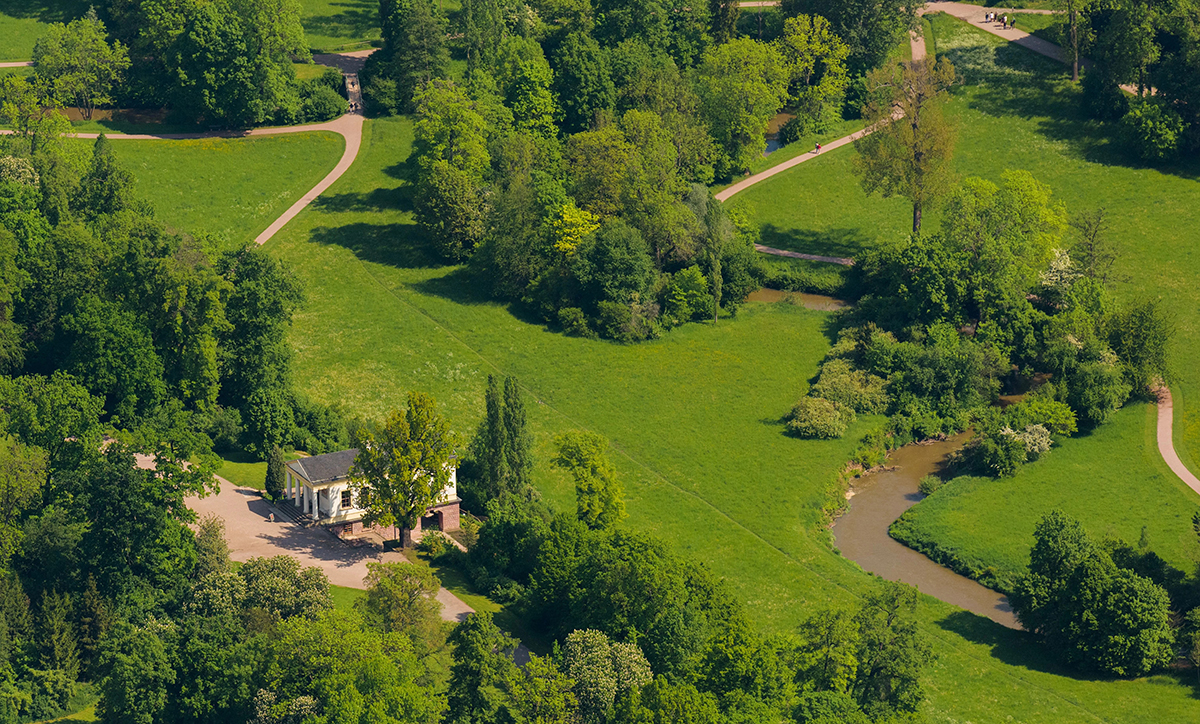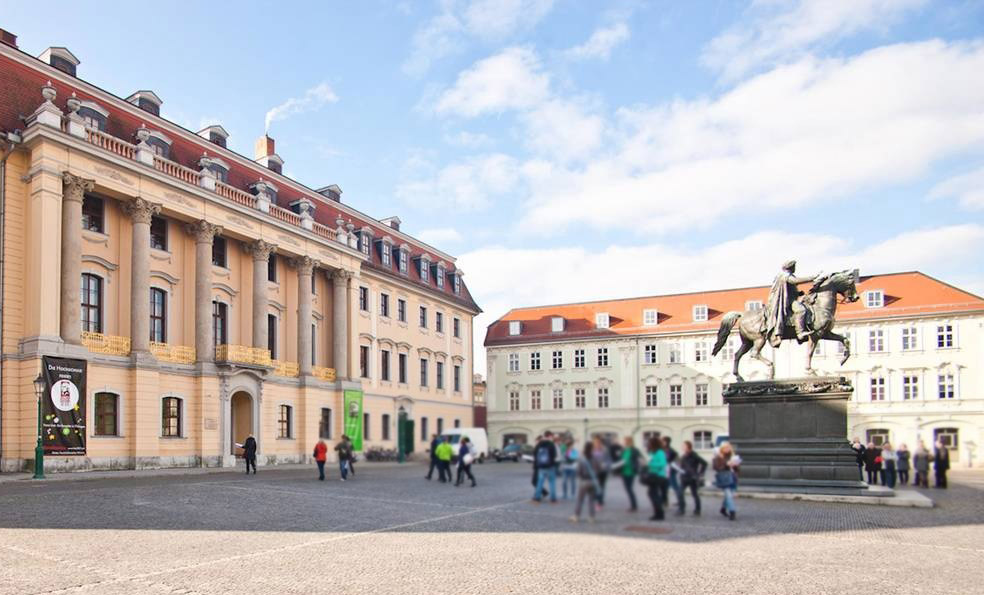Welscher Garten Weimar
Audio Guide Welscher Garten
Welscher Garten is truly a remarkable place with a rich history. It was established in 1728, making it one of the oldest parks in Germany. But what could be more fascinating than its founder, Duke Wilhelm Ernst? Wilhelm Ernst was a celebrated philosopher and enlightener, known for his passion for nature and its beauty.
It's important to note that the name 'Welscher Garten' has its own history. 'Welscher' translates from German as 'Italian' or 'Romantic.' This name alludes to the Italian style that inspired the park's design. Italian gardens of that era were known for their symmetry, geometry, and the use of fountains, elements you can also find in Welscher Garten.
The park served not only as a place for leisurely walks but also as a venue for discussing philosophical and scientific ideas. Wilhelm Ernst invited scholars and philosophers here to engage in discussions and share knowledge. This place was a source of inspiration and the exchange of ideas.
Today, the park still embodies the beauty and harmony of nature. Fountains and ponds, as well as well-maintained pathways, create an atmosphere of tranquility and beauty. The park attracts both tourists and locals, offering them the opportunity to enjoy a unique blend of history, nature, and culture.
Other sights
-
Albert Schweitzer Denkmal
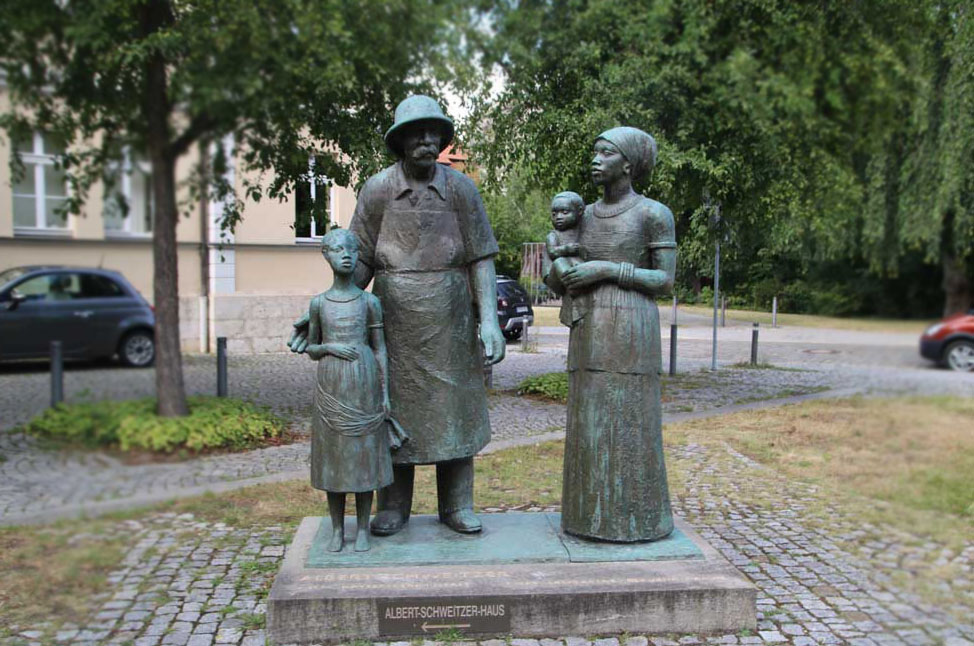
-
Altenburg (Franz Liszt)

-
Atrium & ehemaliges Gauforum
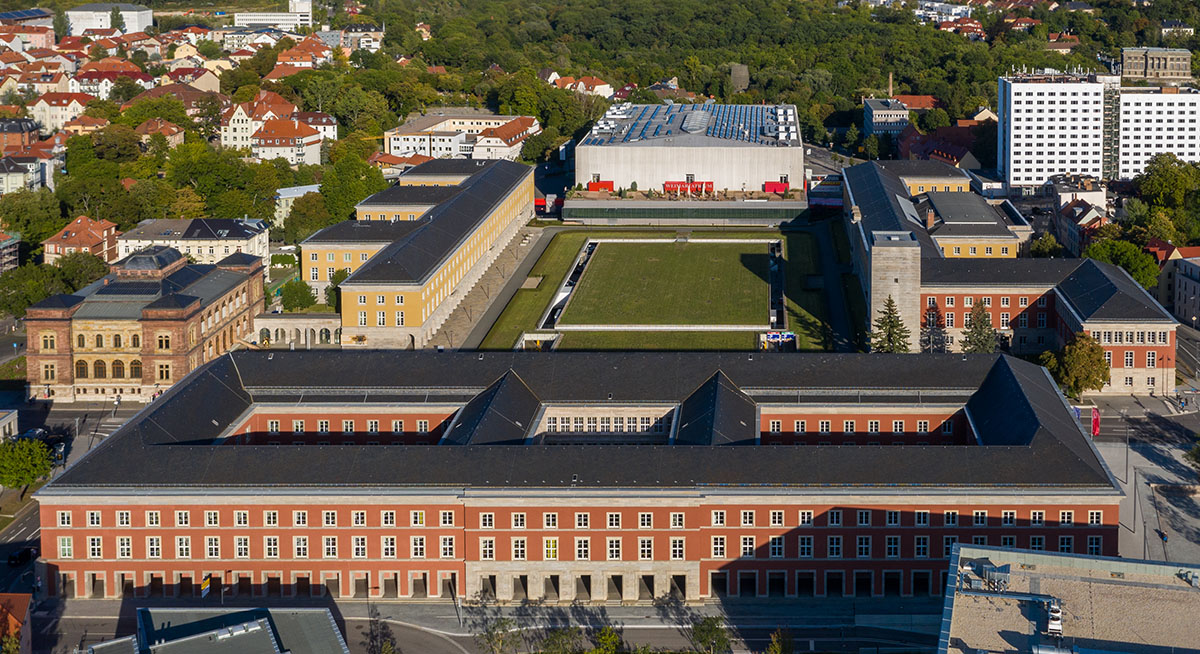
-
Bauhaus Universität (Henry van de Velde)
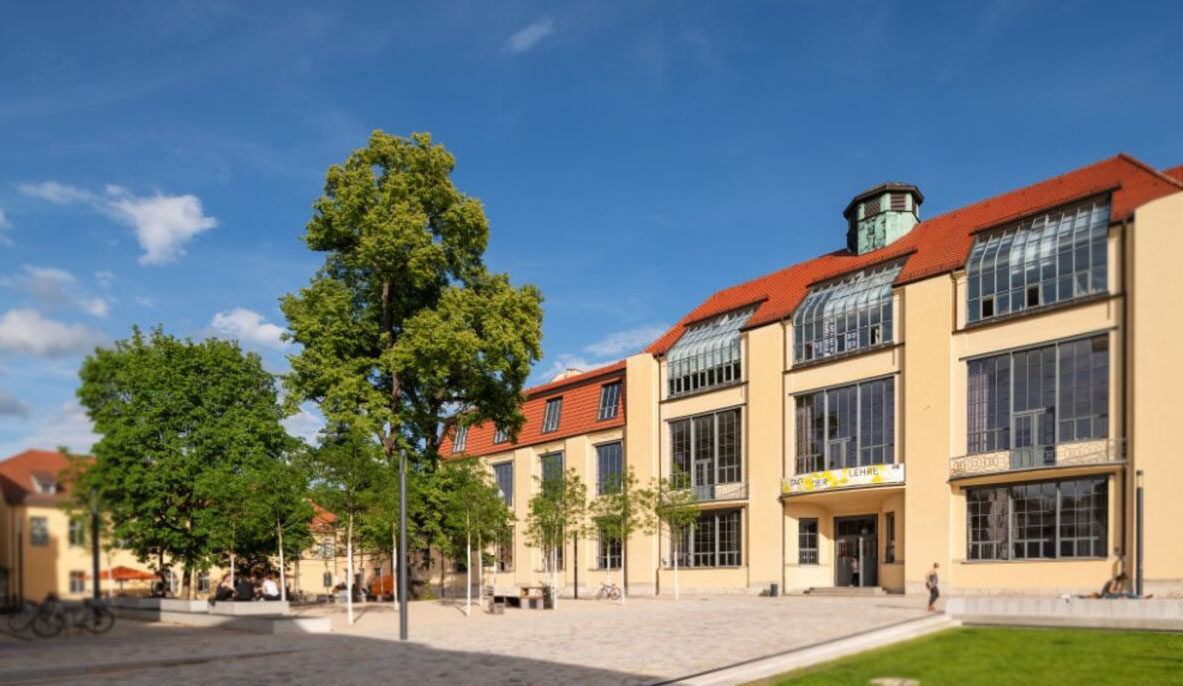
-
Bauhaus: Haus am Horn
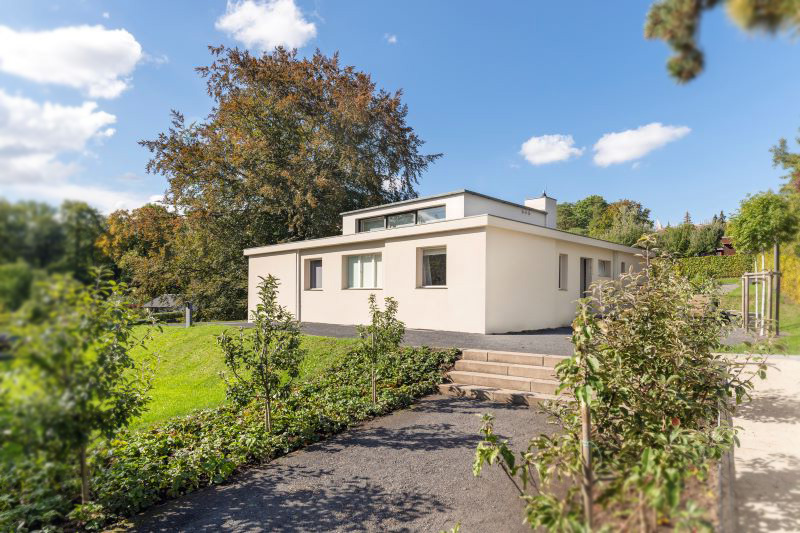
-
Carl Heinrich Ferdinand Streichhan-Kaserne
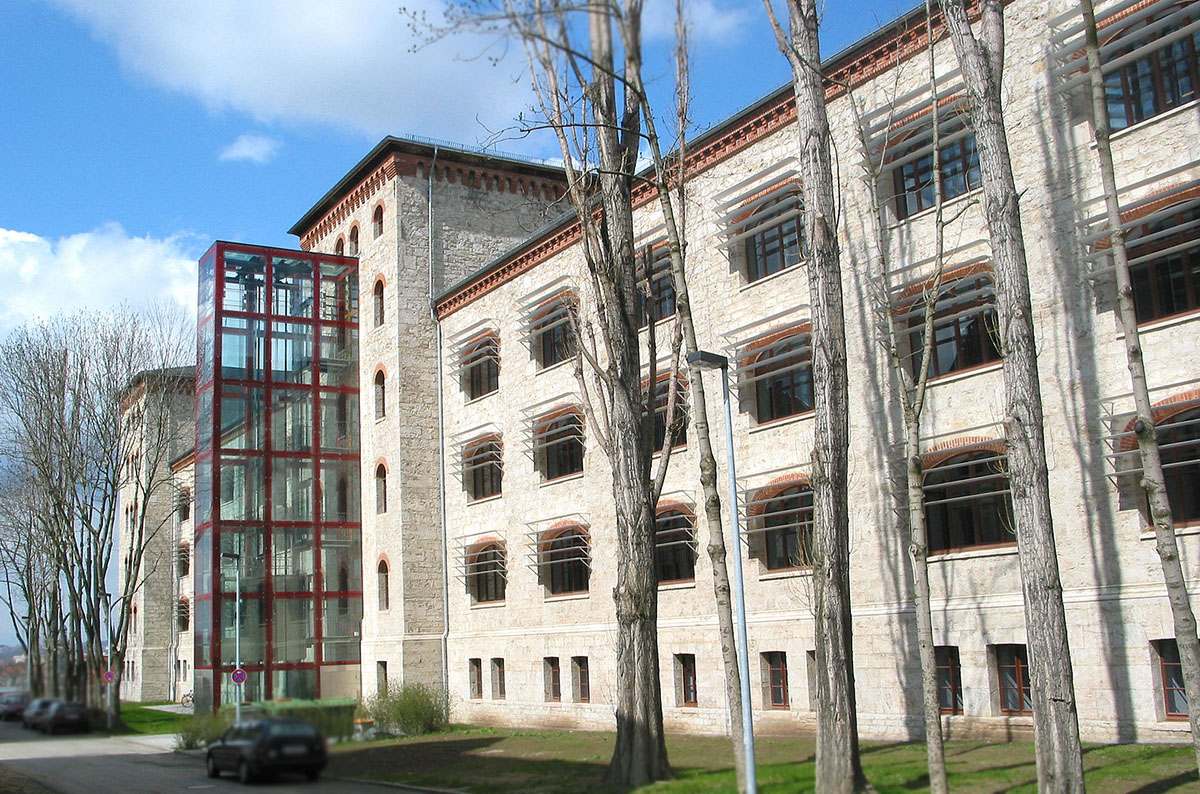
-
Cranachhaus
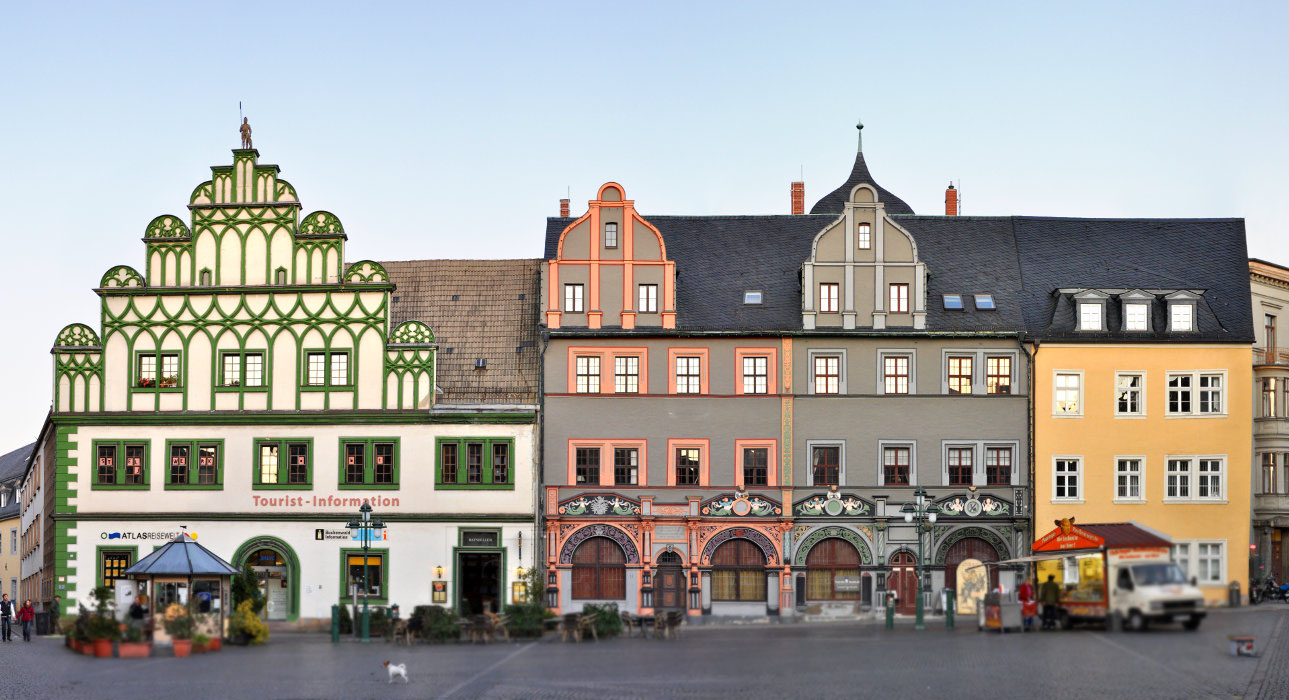
-
Denkmal Nepomuk Hummel
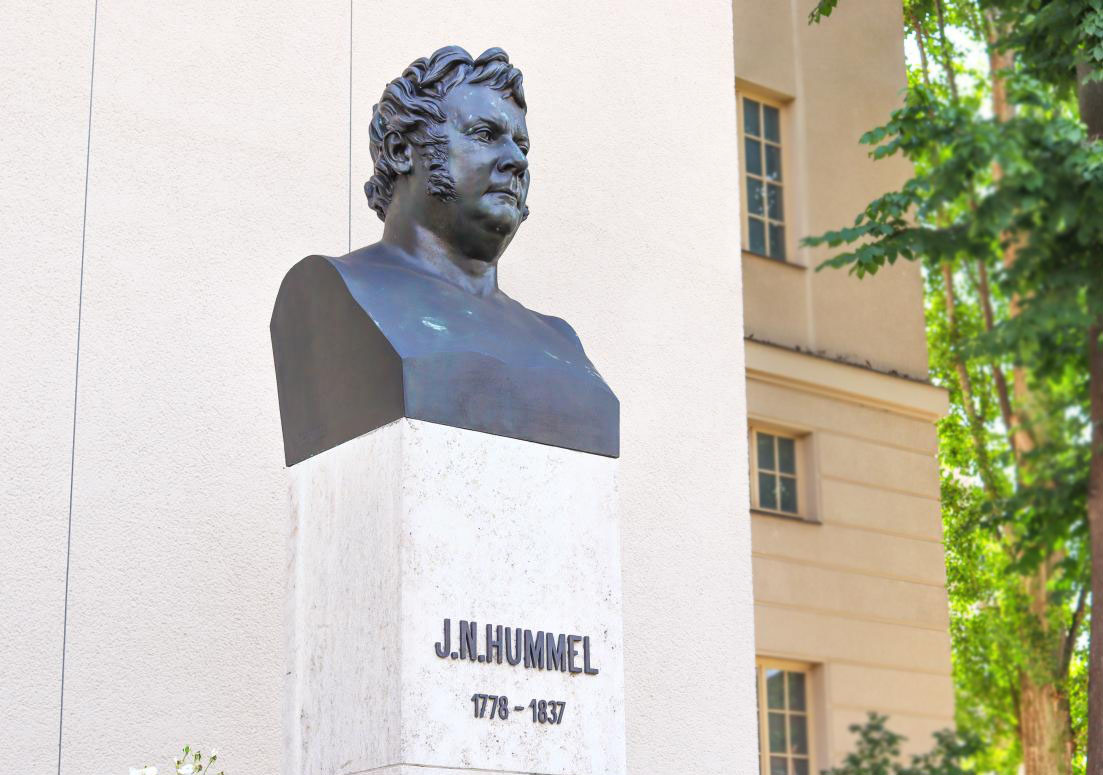
-
Denkmal Nepomuk Hummel und katholische Kirche
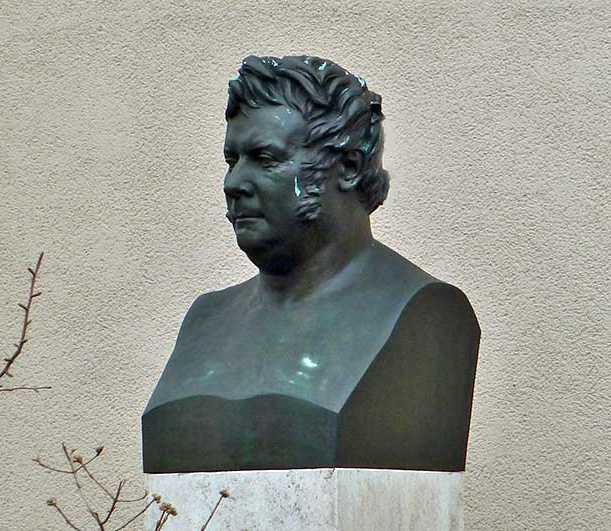
-
Deutsches Nationaltheater Goethe & Schiller Denkmal
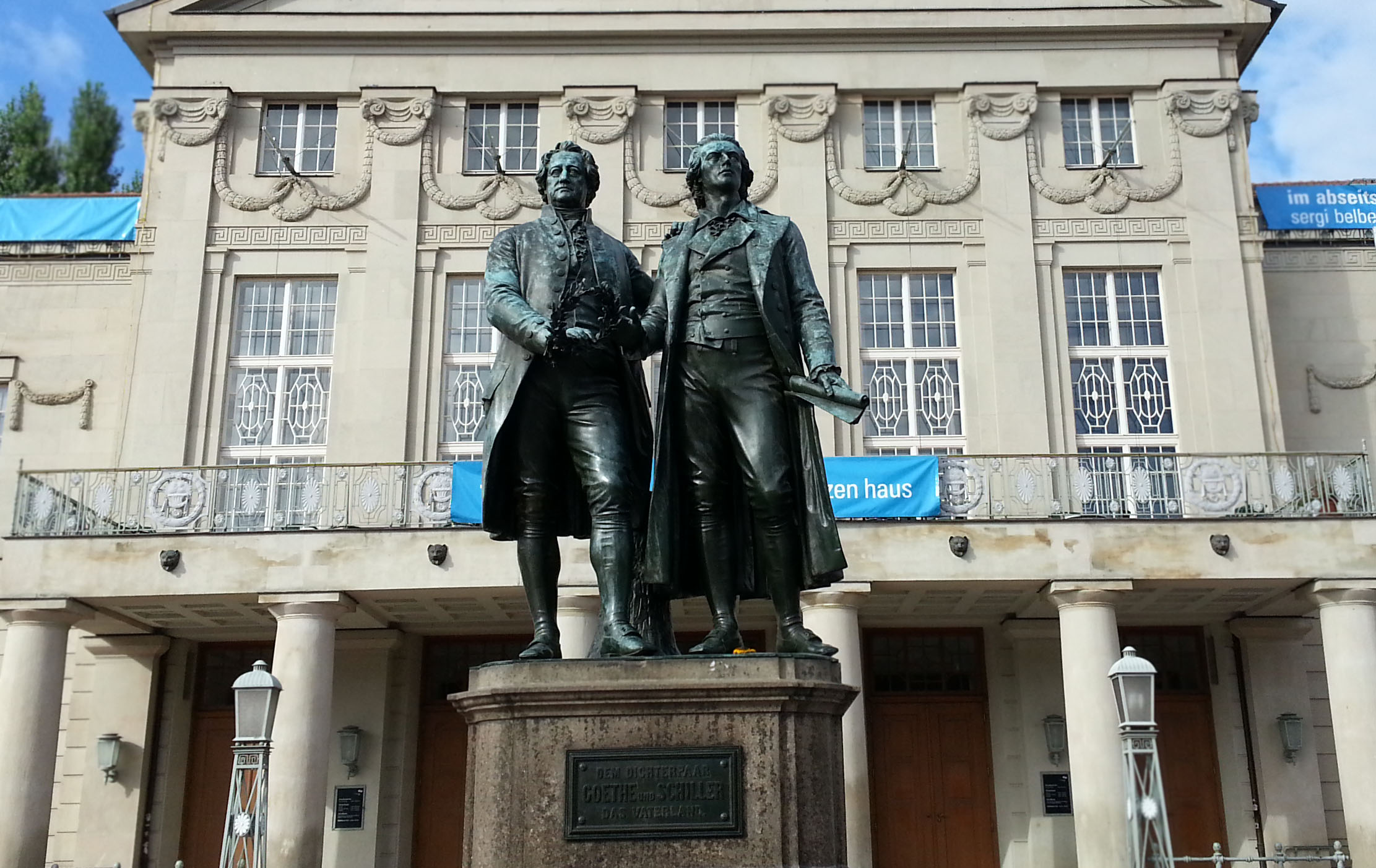
-
Ginkgobaum
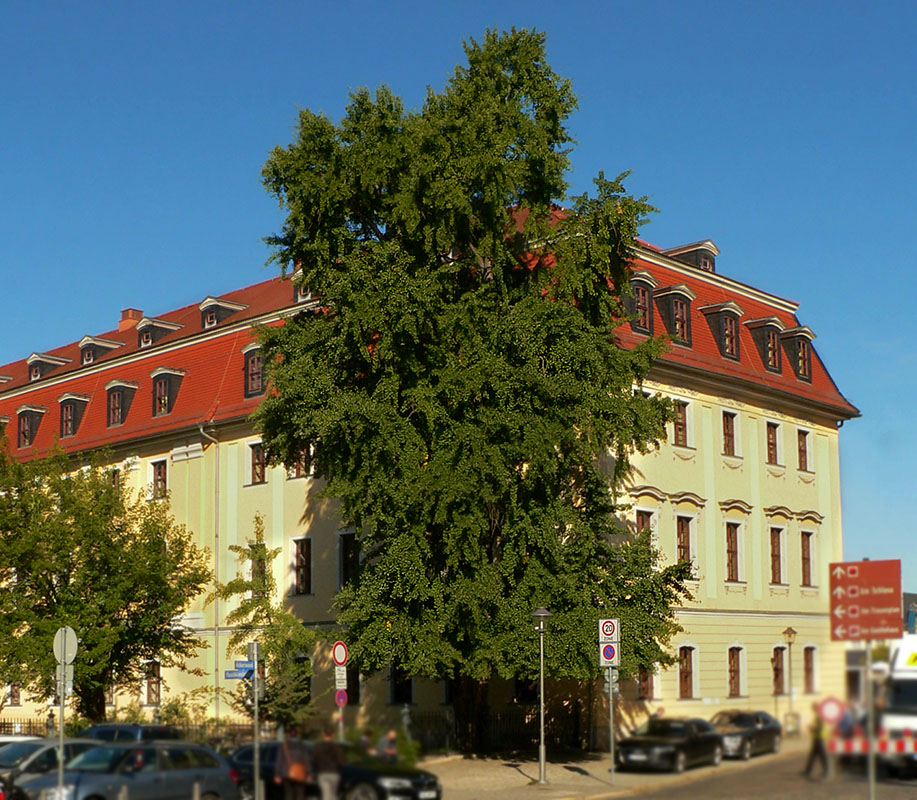
-
Goethe- & Schillerarchiv
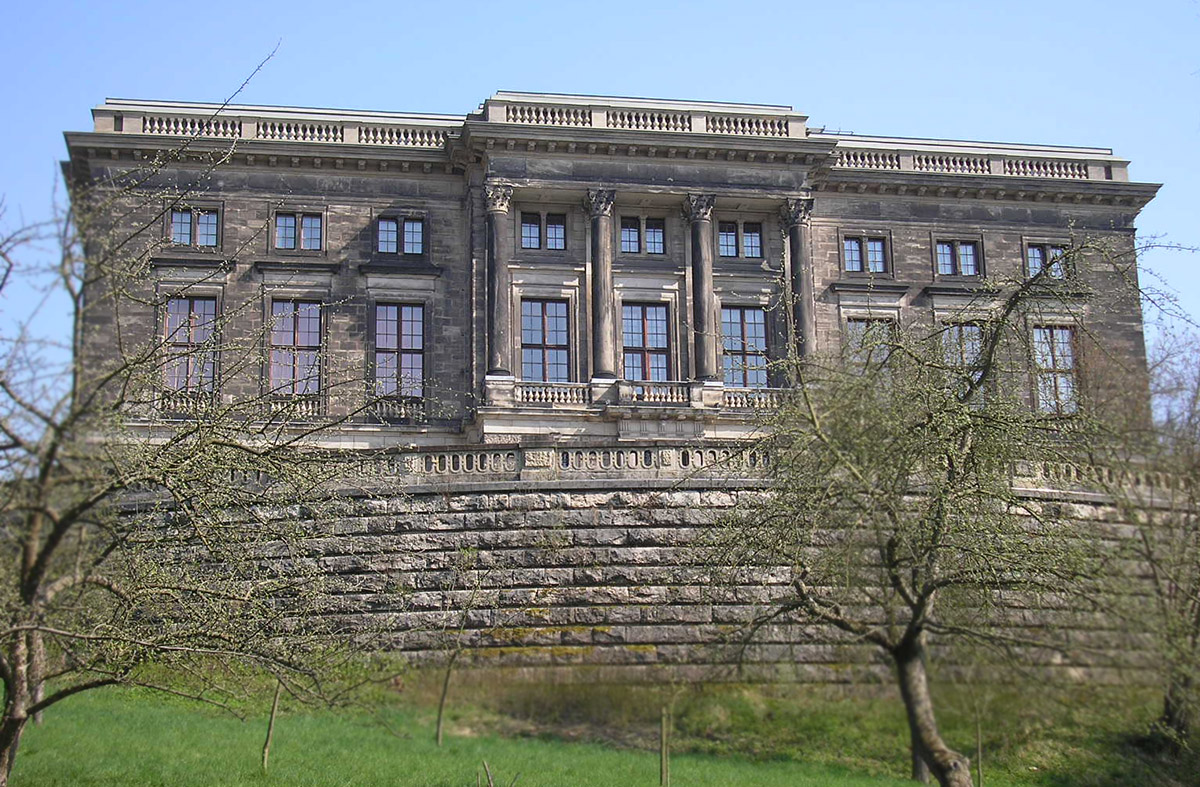
-
Goetheplatz mit Kasseturm & Stadtmauer

-
Goethes Wohnhaus
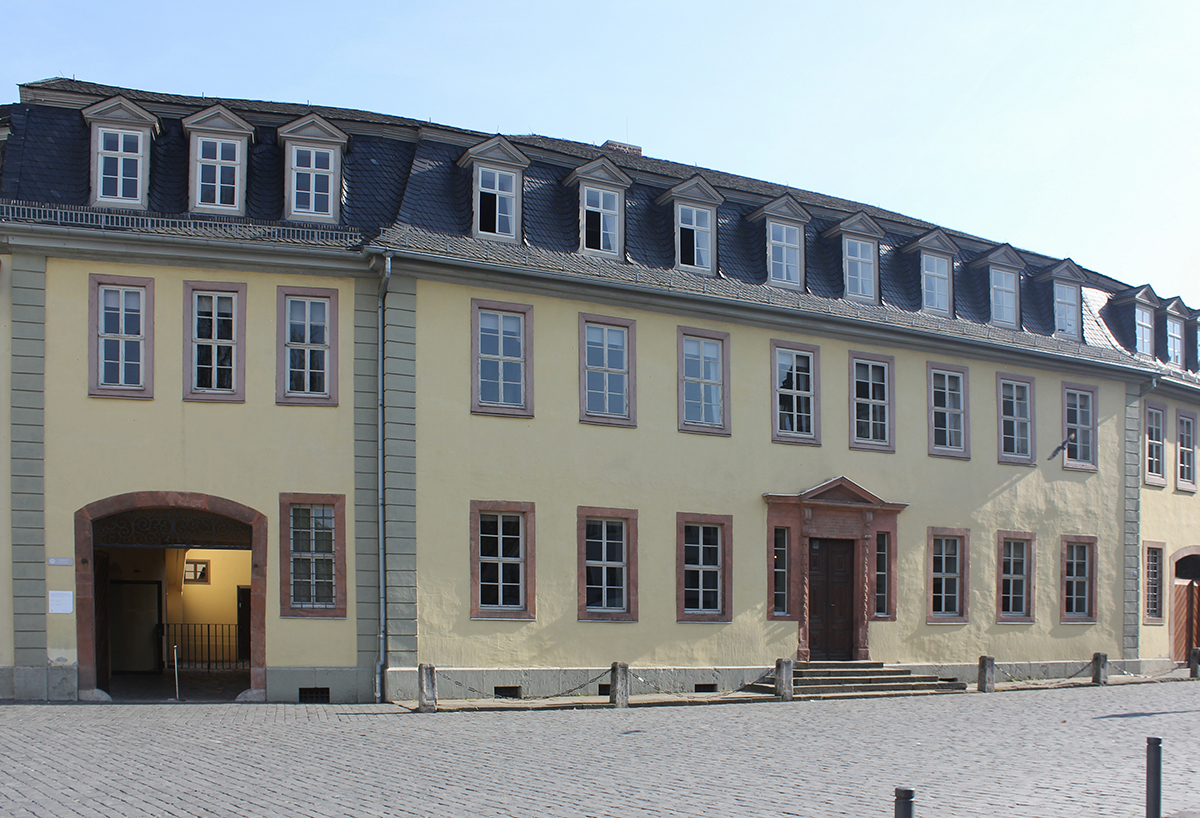
-
Haus am Horn
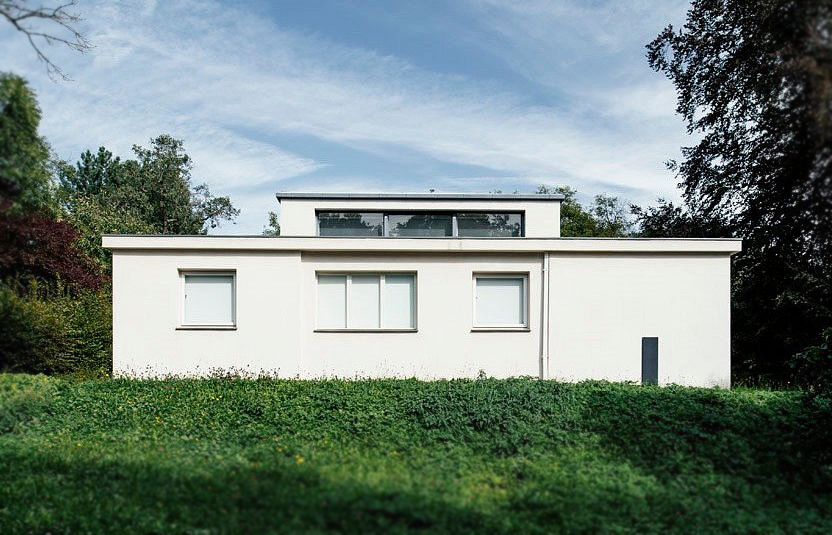
-
Haus der Charlotte von Stein
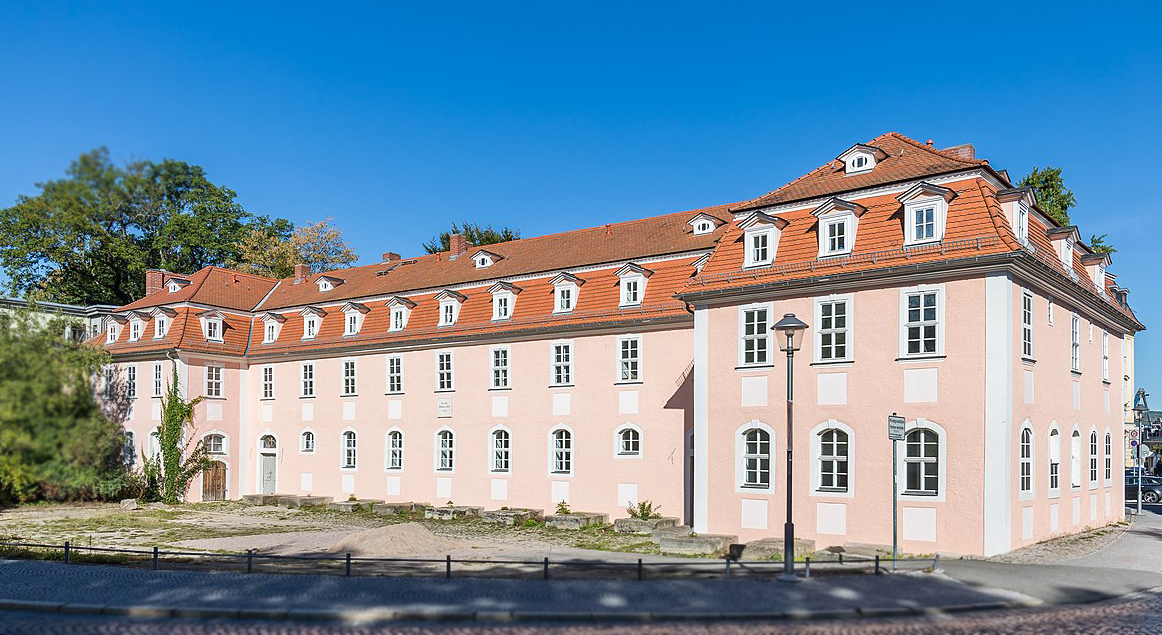
-
Herderplatz & Kirche St. Peter und Paul
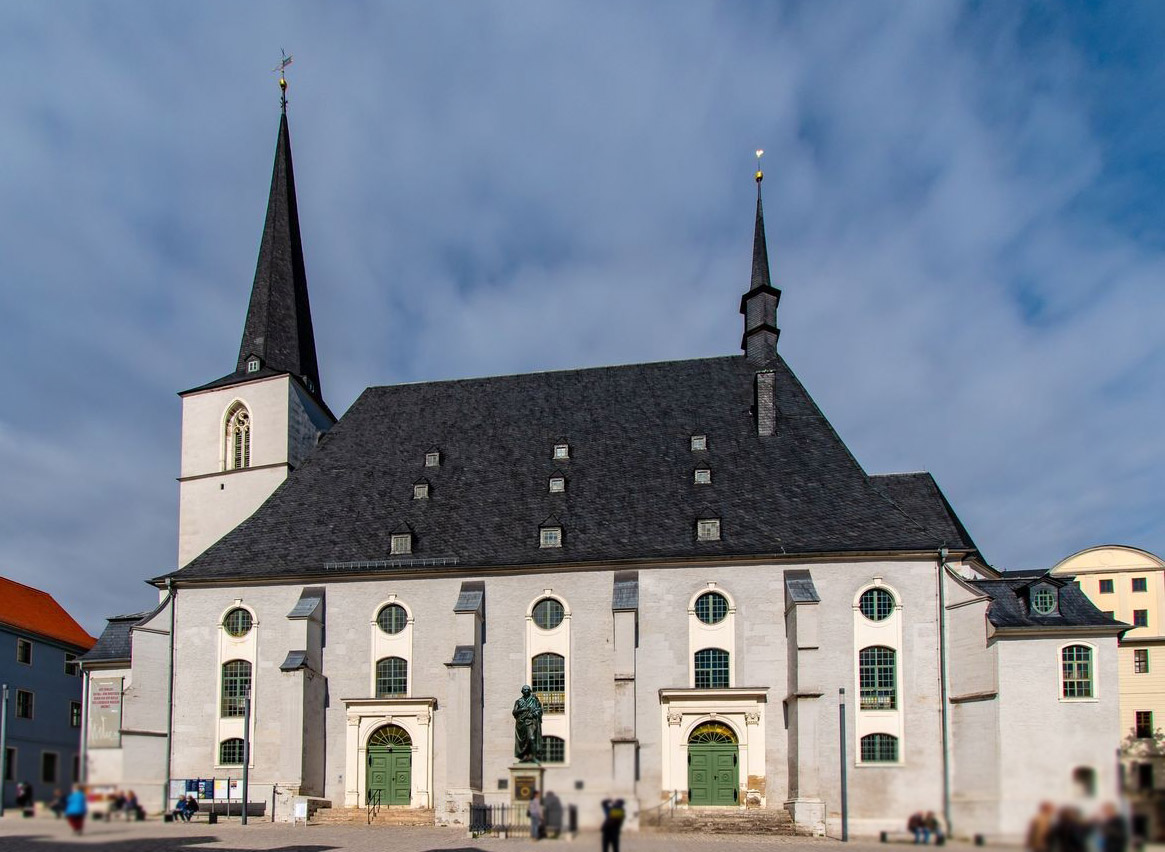
-
Herzogin Anna-Amalia-Bibliothek
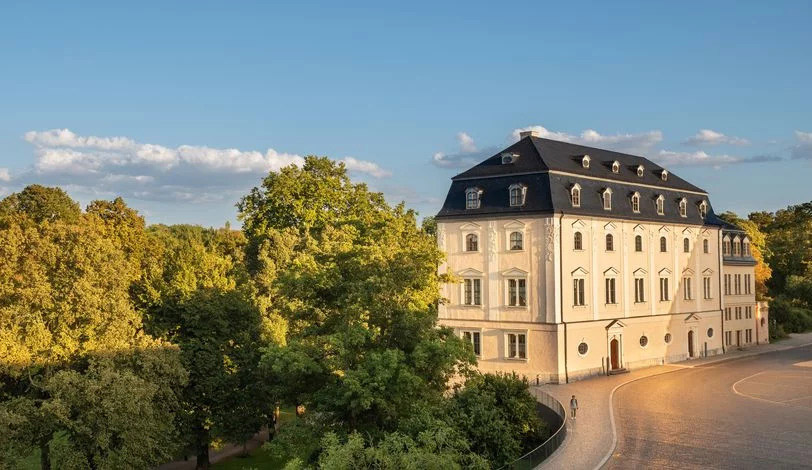
-
Historischer Friedhof
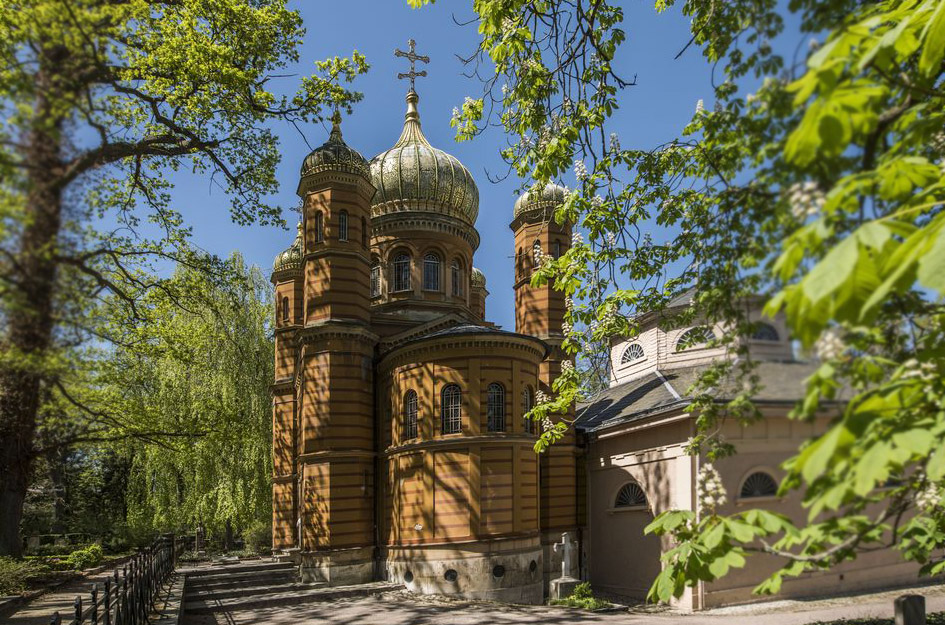
-
Hochschule für Musik Franz Liszt (Fürstenhaus)
-
J. G. Herder, Kirche St. Peter und Paul
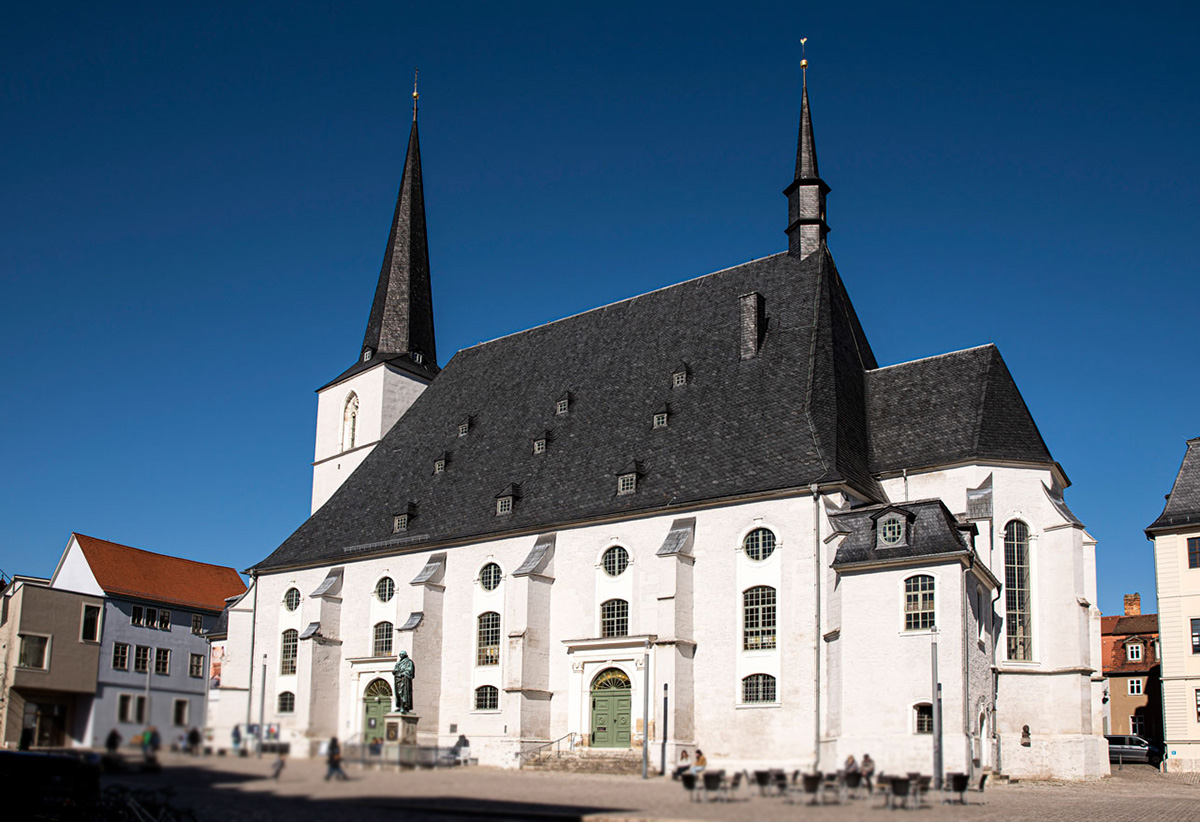
-
J. S. Bach in Weimar & Bachtafel
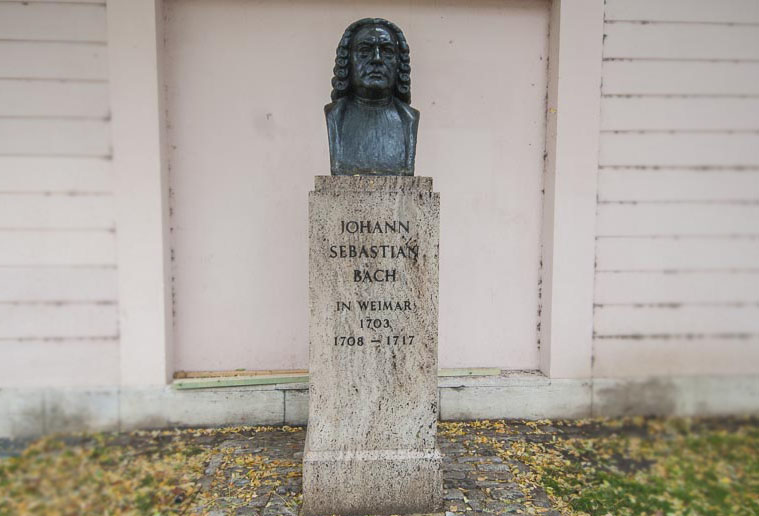
-
Katholische Kirche
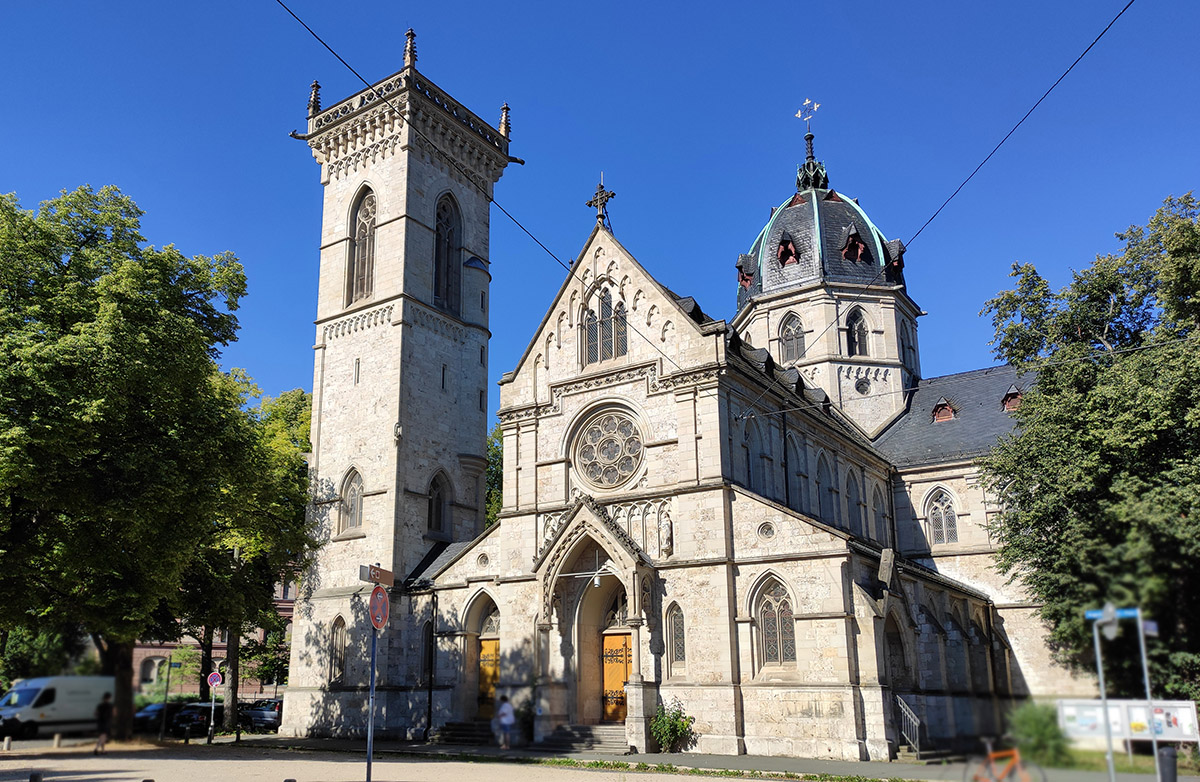
-
Landesmuseum
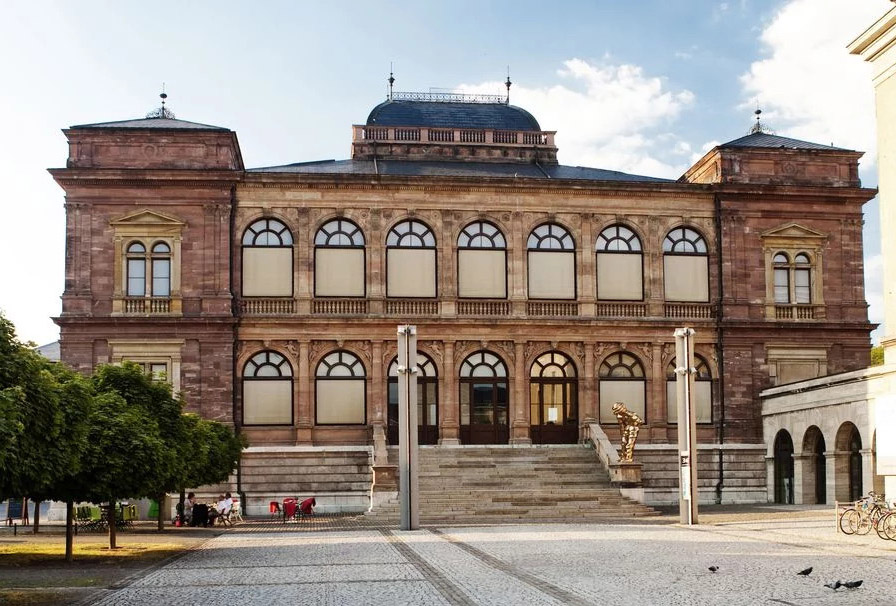
-
Liszthaus & Liszt in Weimar
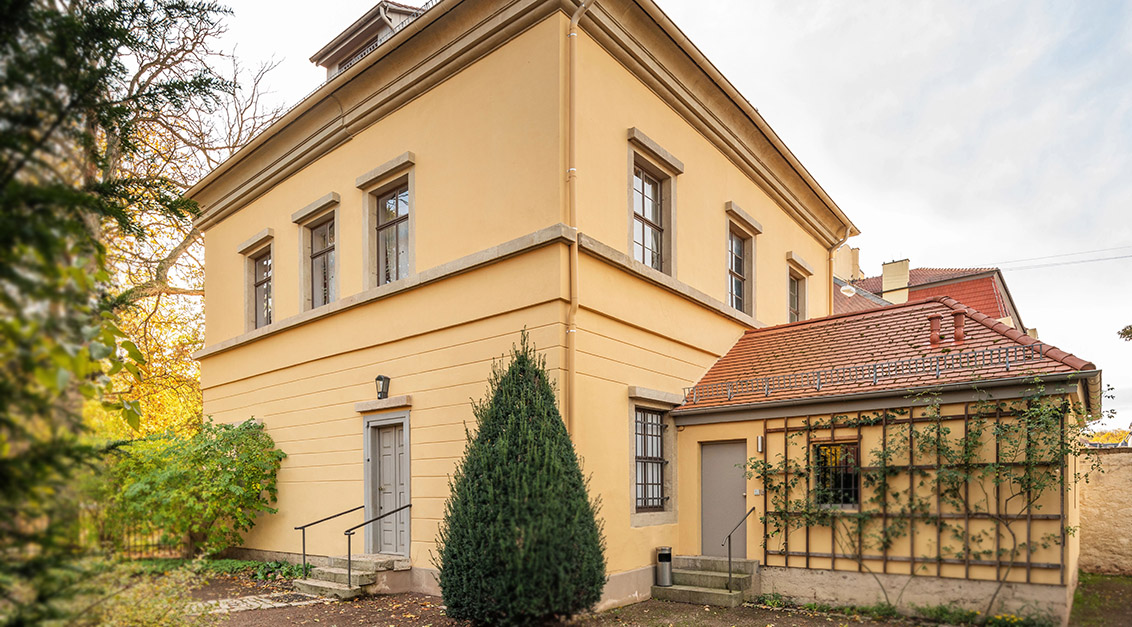
-
Markt
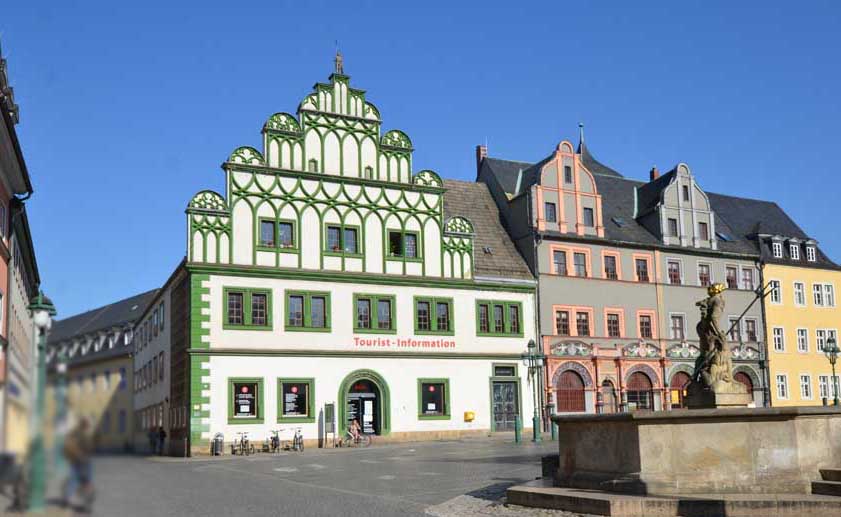
-
Marktplatz, J. S. Bach

-
Marktplatz, Rathaus, Cranachhaus
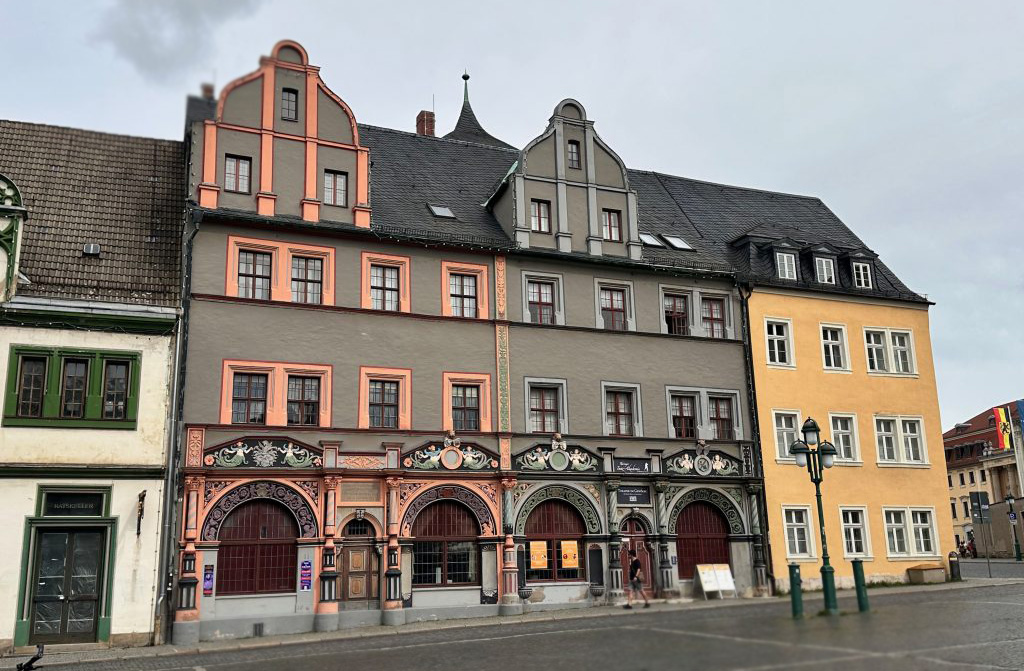
-
Marstall
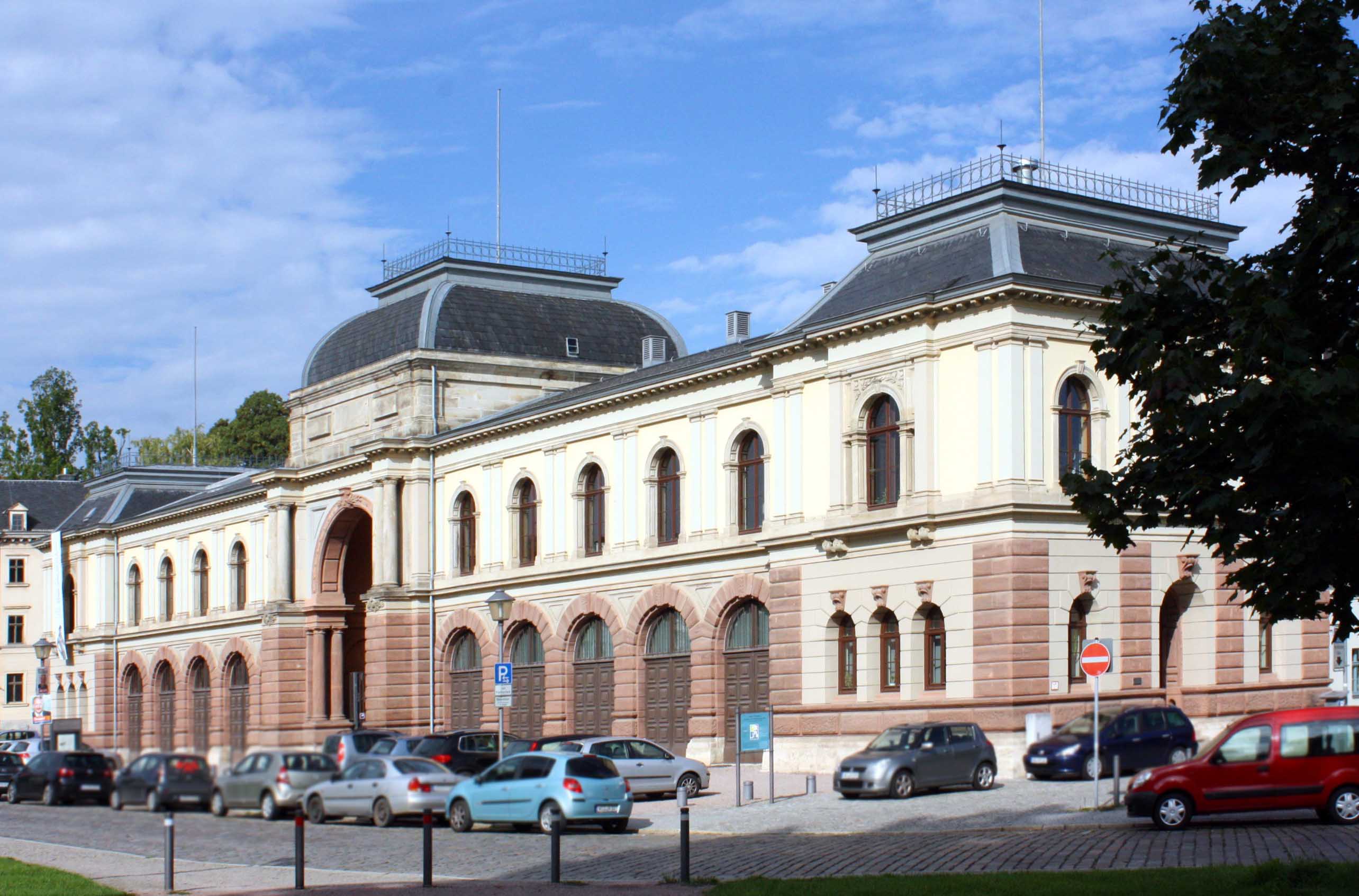
-
Modernes Weimar: Neues Bauen am Horn
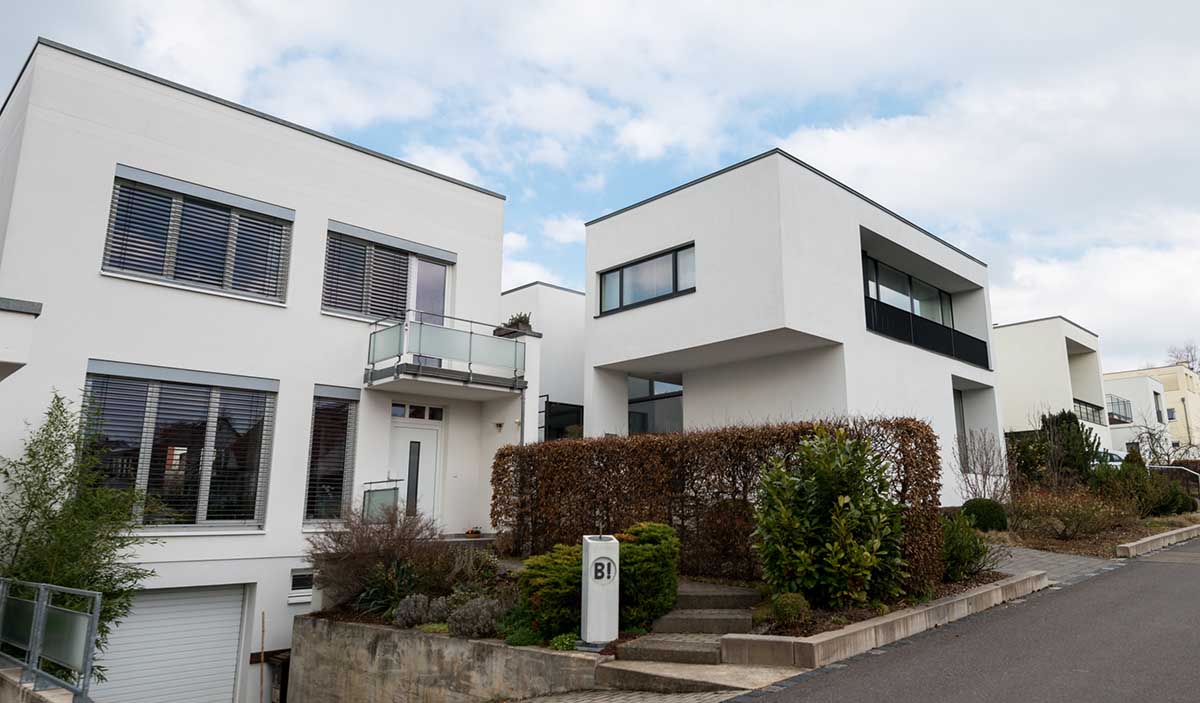
-
Neue Weimarhalle
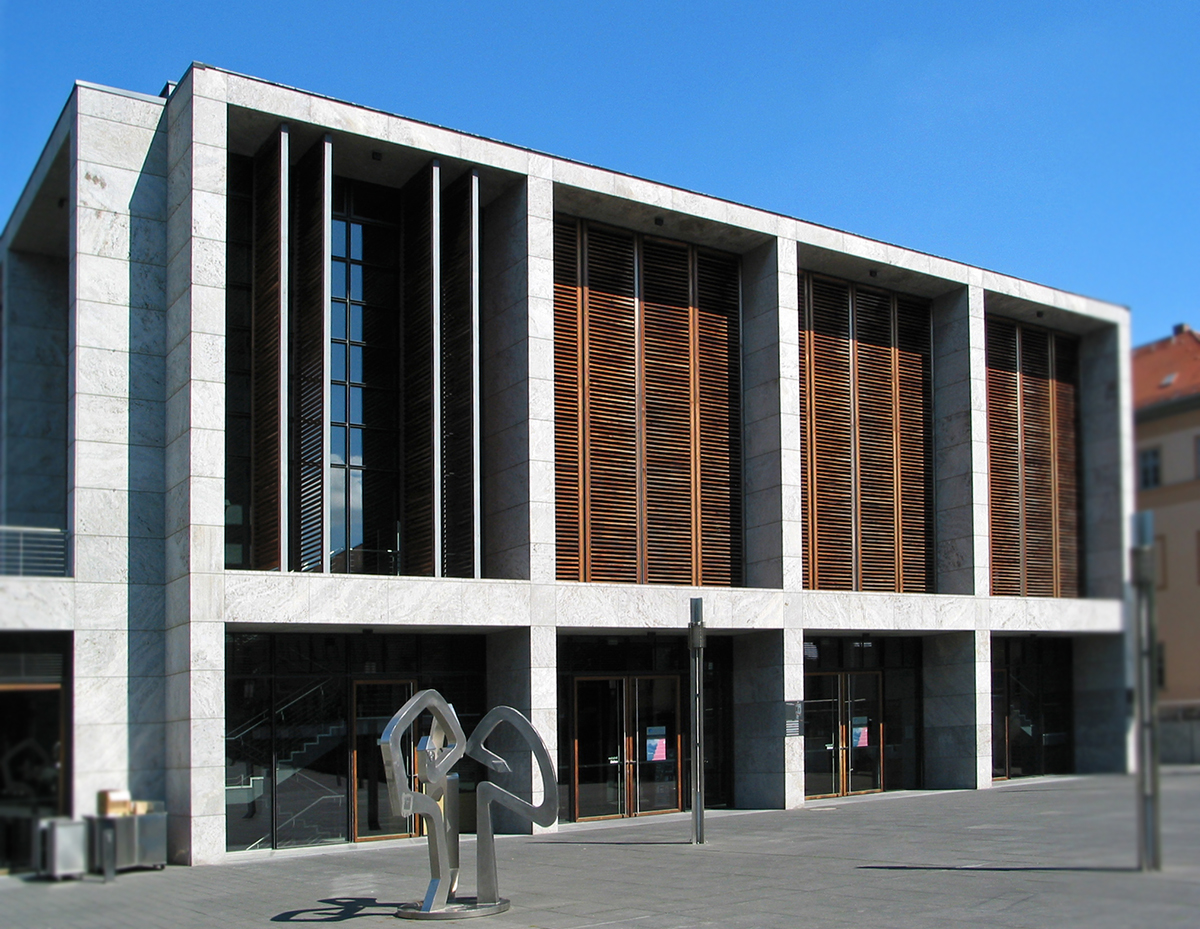
-
Neues Museum
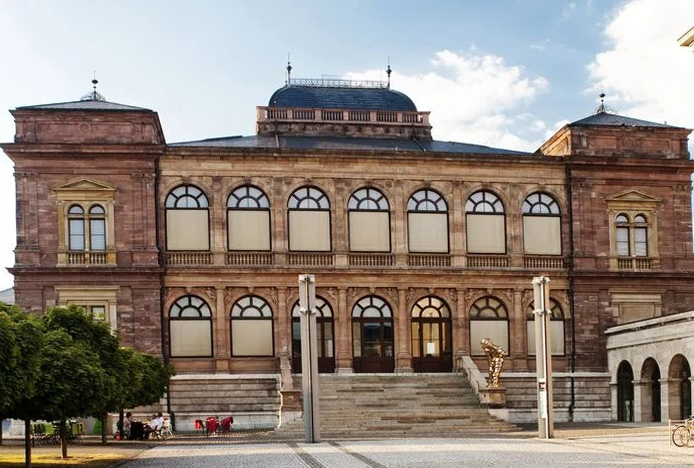
-
Parkhöhle

-
Platz der Demokratie (Fürstenplatz)
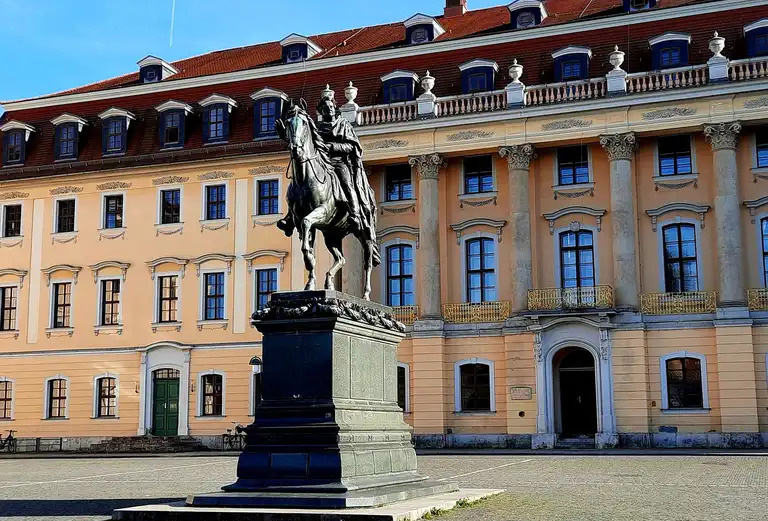
-
Platz der Demokratie, Anna Amalia Bibliothek
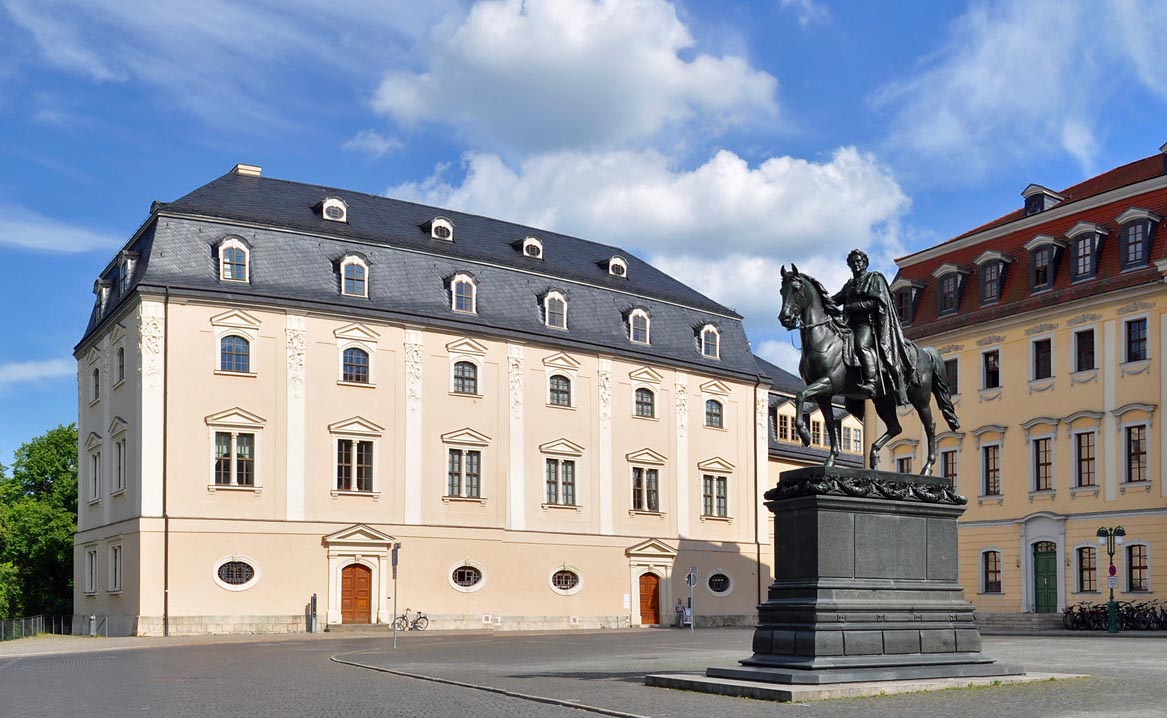
-
Rathaus
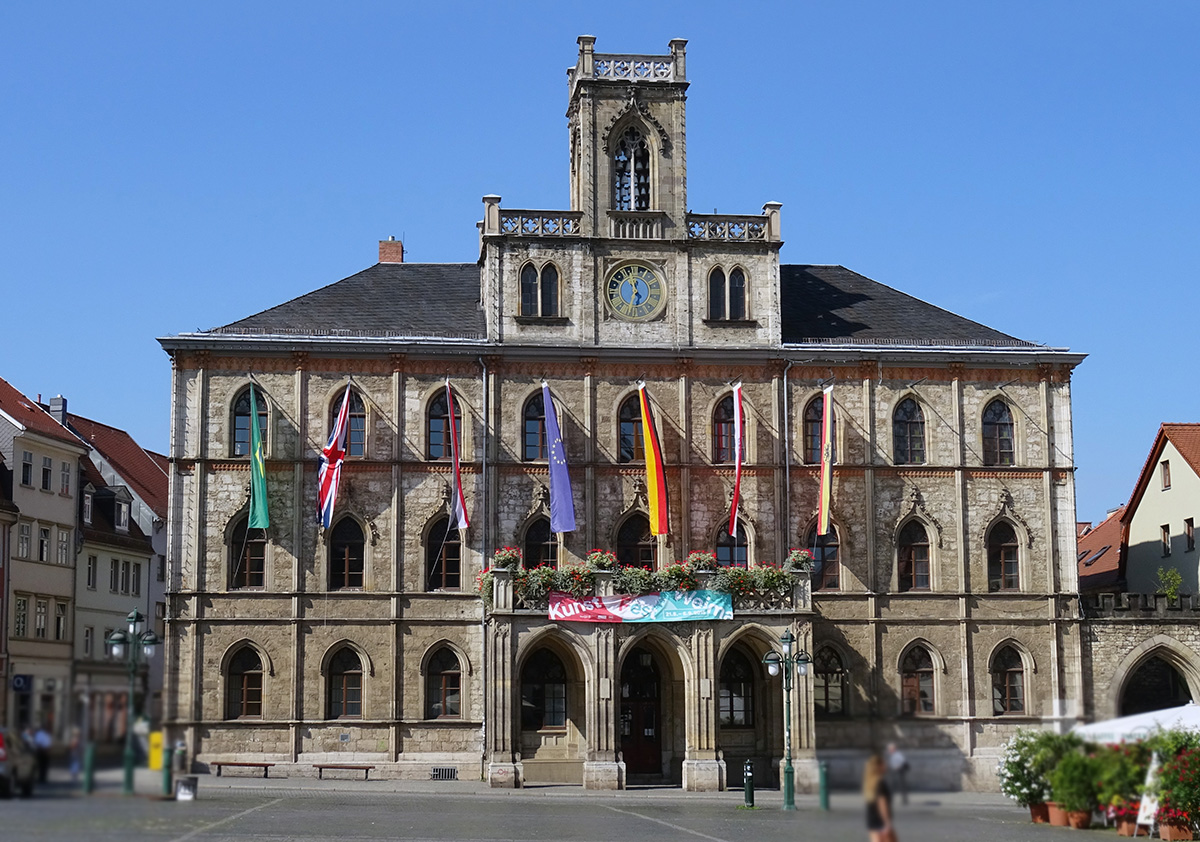
-
Reiterstandbild Carl August
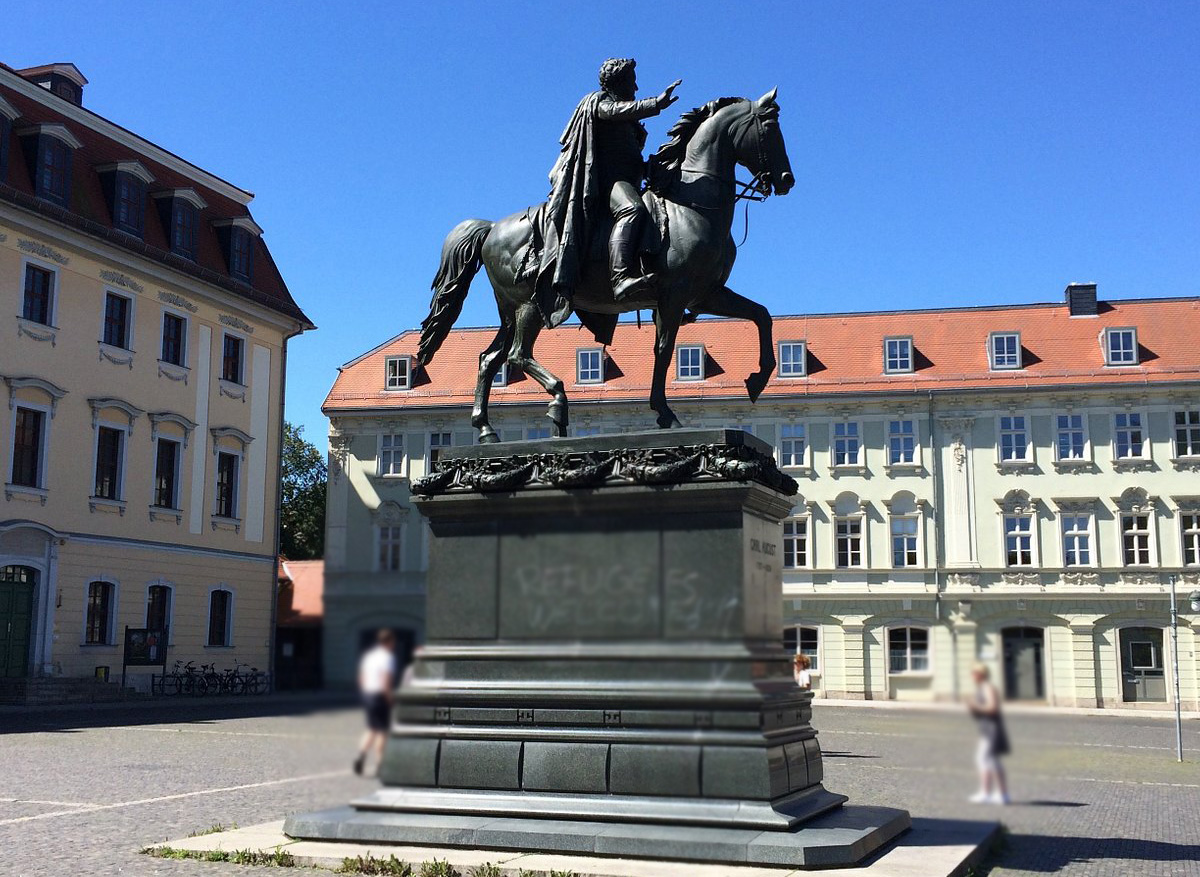
-
Römisches Haus (Carl August)

-
Schloss Belvedere
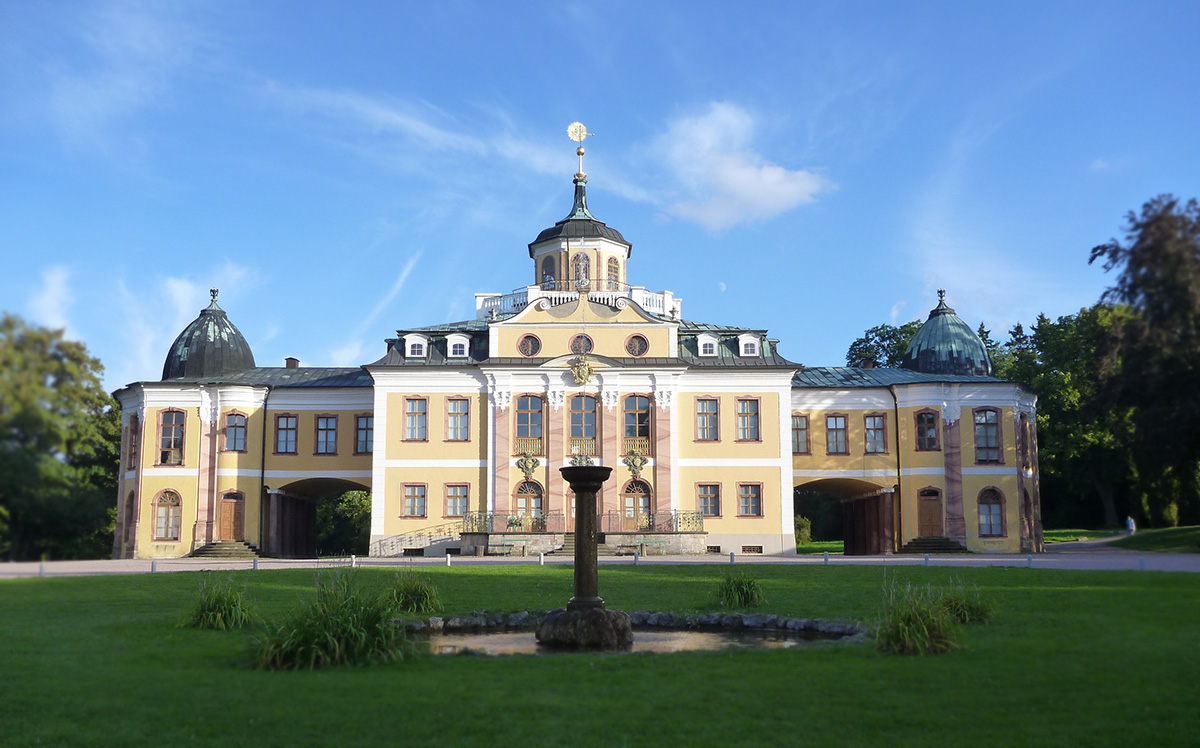
-
Stadtmuseum
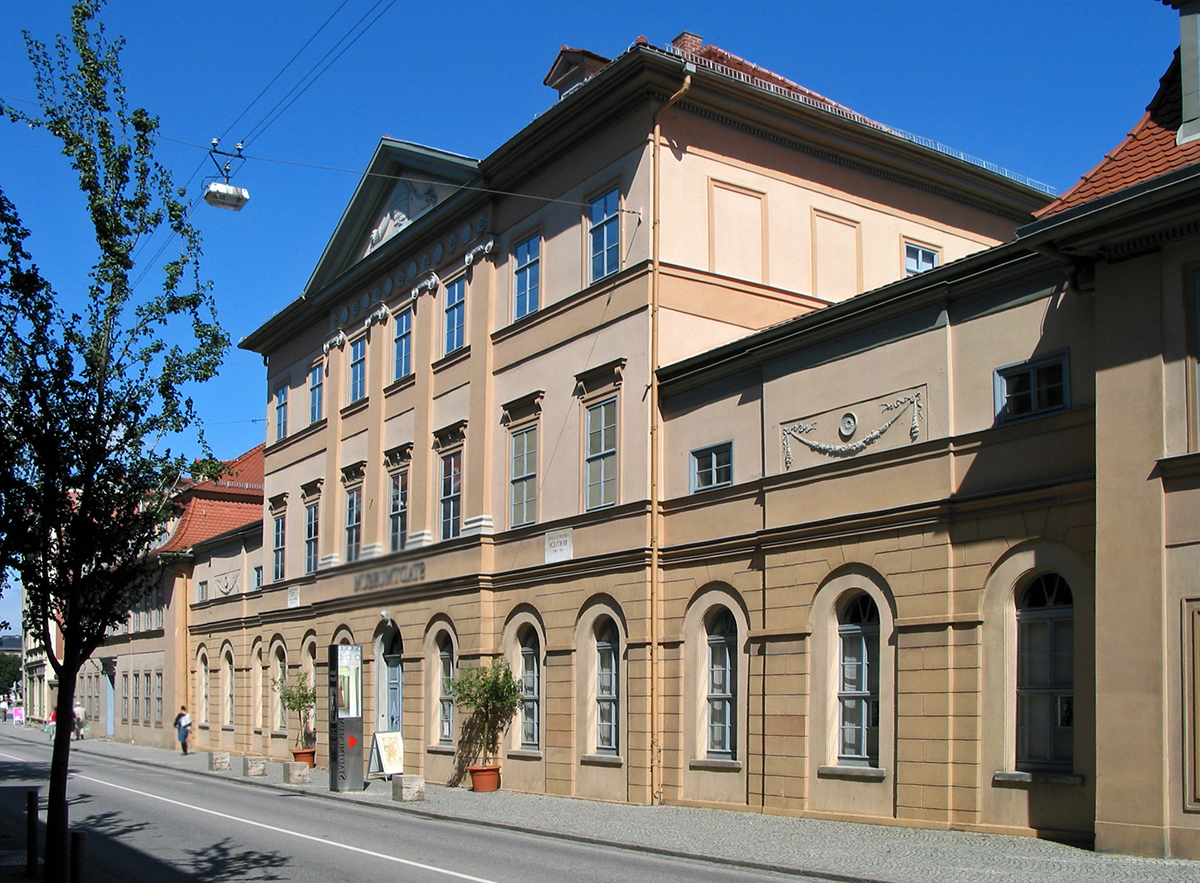
-
Stadtschloss
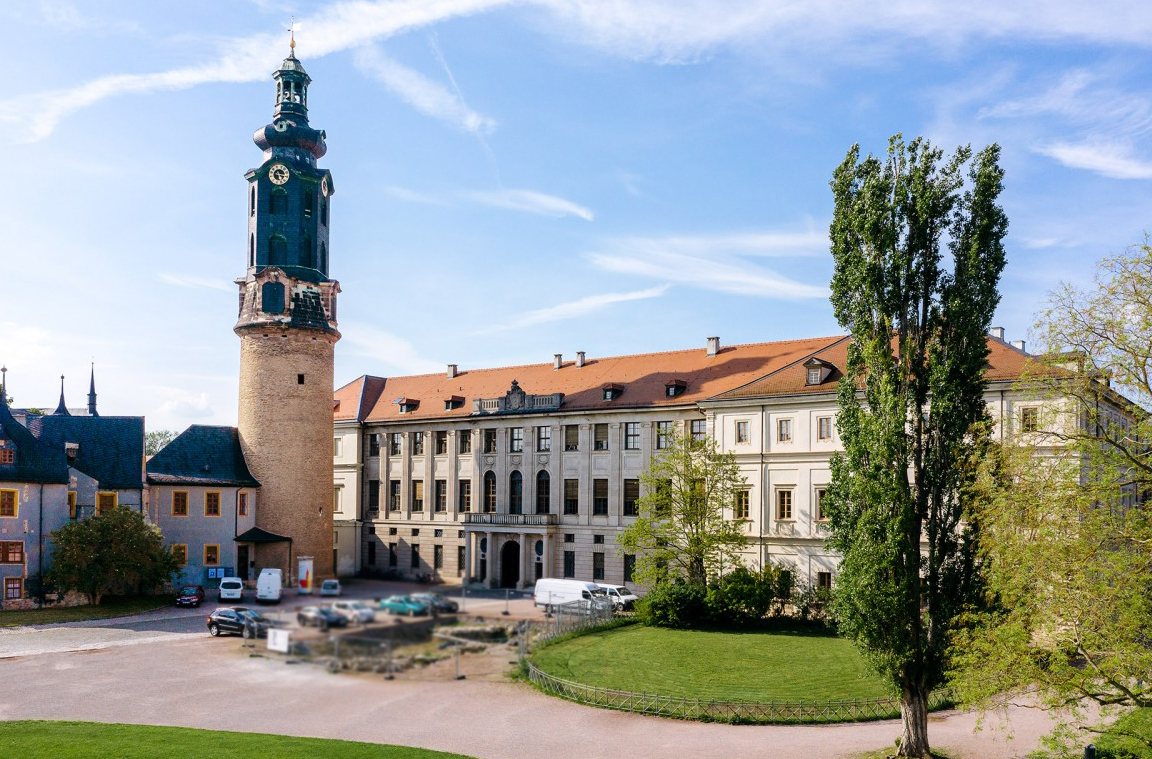
-
Standort Neues Bauhausmuseum
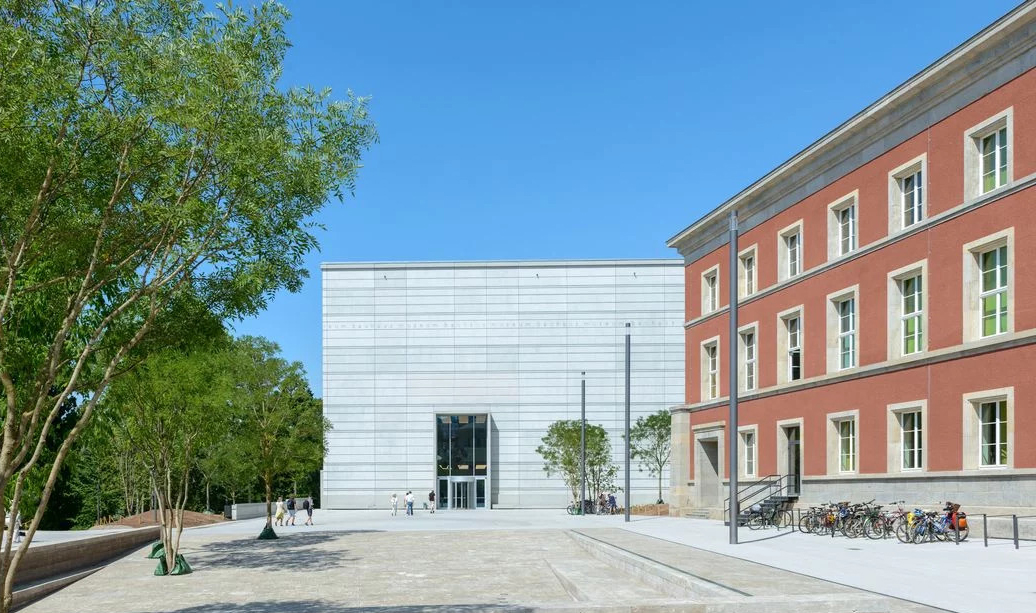
-
Villa Altenburg
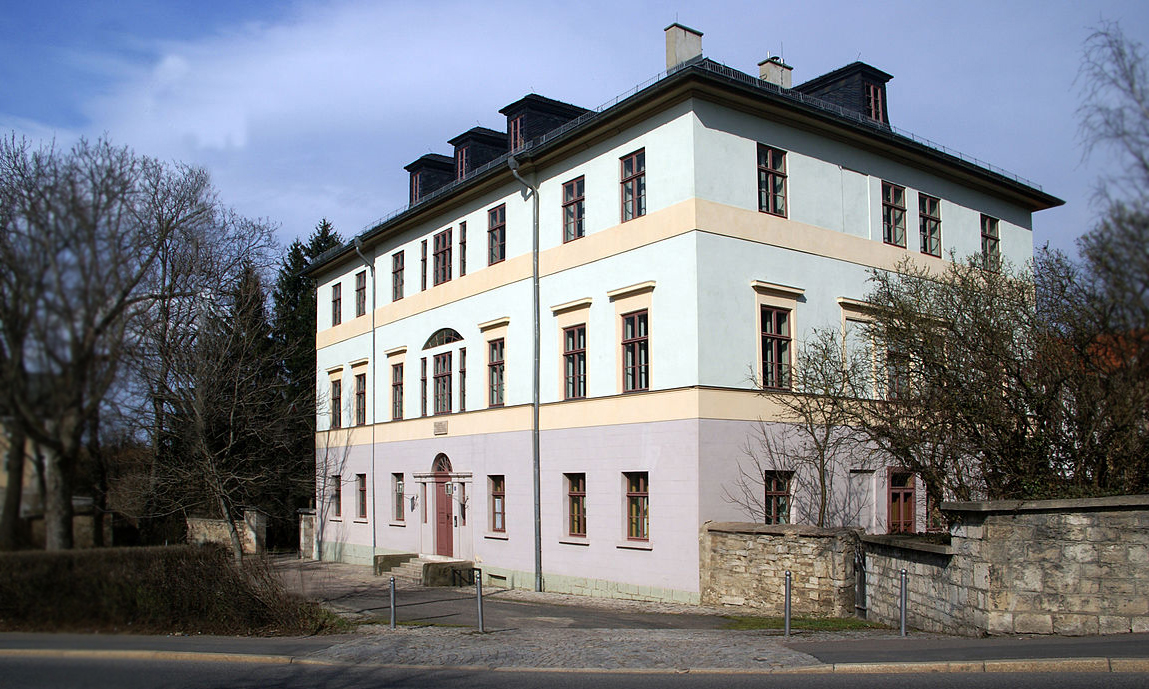
-
Wielanddenkmal
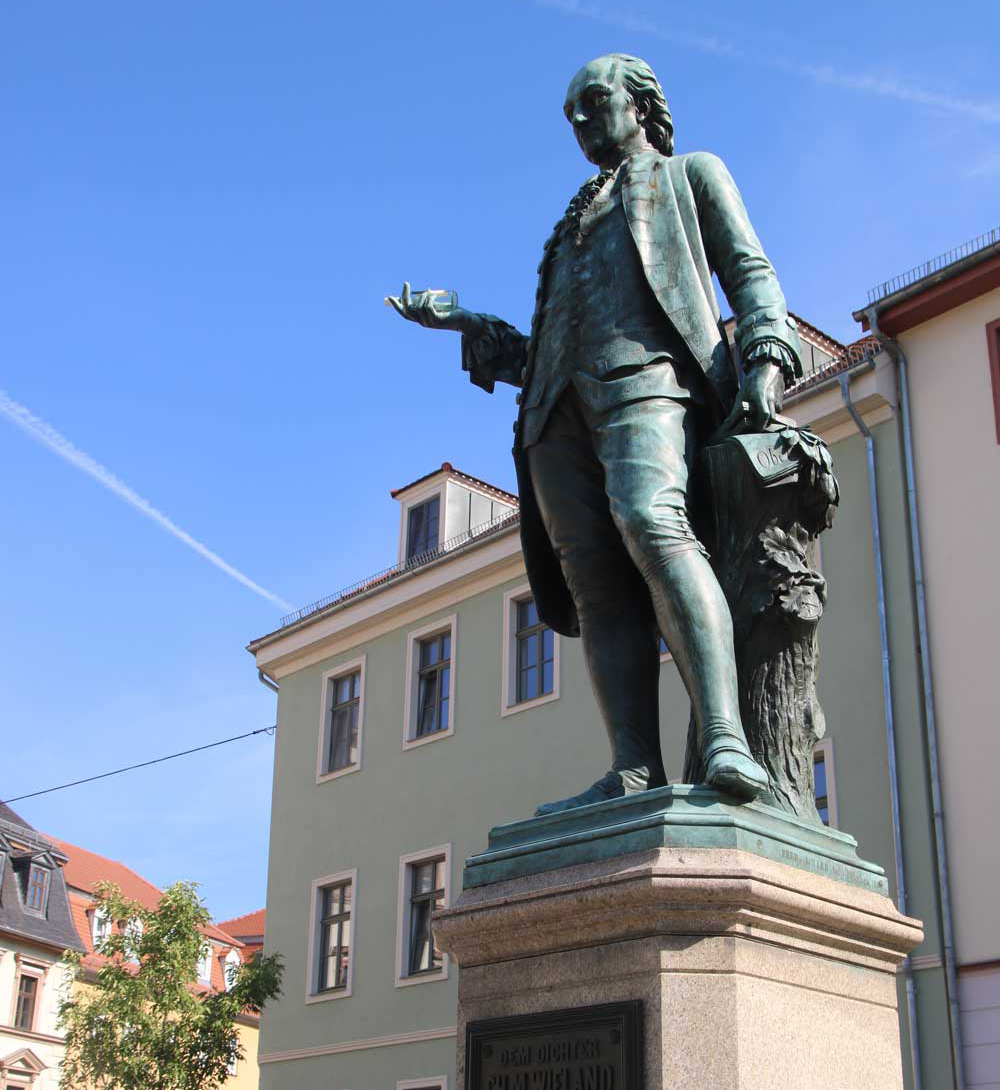
-
Wittumspalais

